What is the difference between a jacketed glass reactor and a double-layer glass reactor?
 May 31,2022
May 31,2022

 JCT
JCT
To put it simply, the double-layer glass reactor is based on a multi-functional single reactor. And after years of improvement, the reactor is based on a single multifunctional glass reactor, which realizes convenient high and low temperature control, rapid temperature rise, cooling requirements in experimental process, modern laboratory, chemical, pharmaceutical and other requirements.
According to the industry introduction, the double-layer glass reactor is made of double-layer glass, and the inner layer can be placed with a reaction solvent for stirring and reflection. In addition, the interlayer part can be condensed or heated by different temperature requirements.
The double-layer glass reactor has standard components including stirring motor, governor, condenser, continuous titration funnel, vacuum plug, vacuum tip, thermometer housing, reactor and two meters of thermally conductive silicone rubber tube. Under constant temperature conditions, the stirring reaction can be operated under normal pressure and negative pressure according to the requirements of use. In addition, reflux and distillation of the reaction solution can also be performed. Therefore, double-layer glass reactors can be used in biopharmaceuticals, fine chemical plants and synthesis of new materials.
The body of the double-layer glass reactor is divided into two layers, and the middle part of the outer layer and the inner layer is called the interlayer. The inner layer is used to place the reaction solvent for stirring reaction. What is the function of the interlayer? According to reports, the glass reactor can not only complete high temperature experiments but also complete low temperature reactions. However, the single-layer glass reactor itself has a heating device, while the double-layer glass reactor does not. At this time, the interlayer plays a very important role.



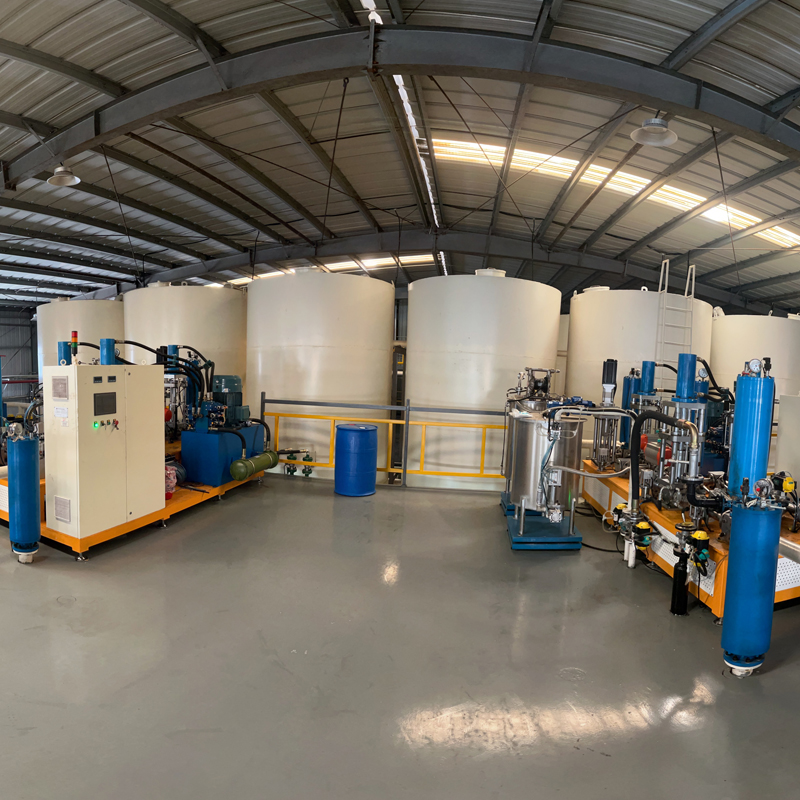
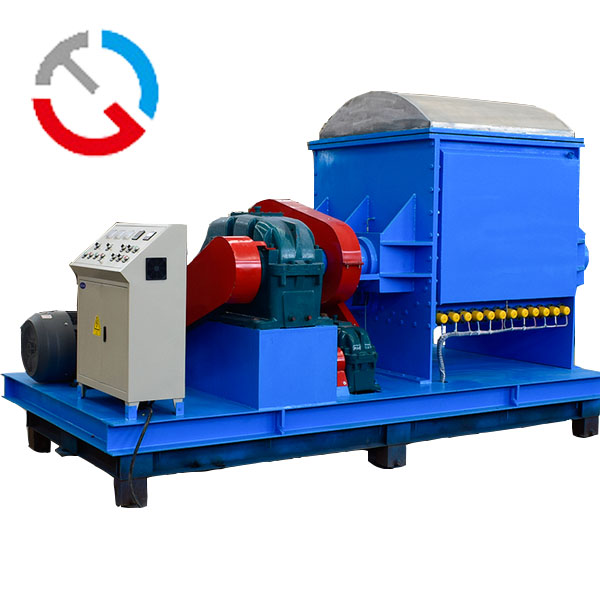
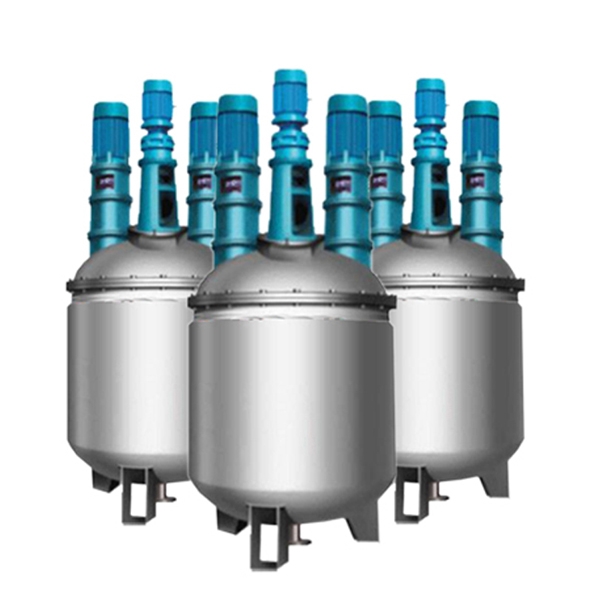
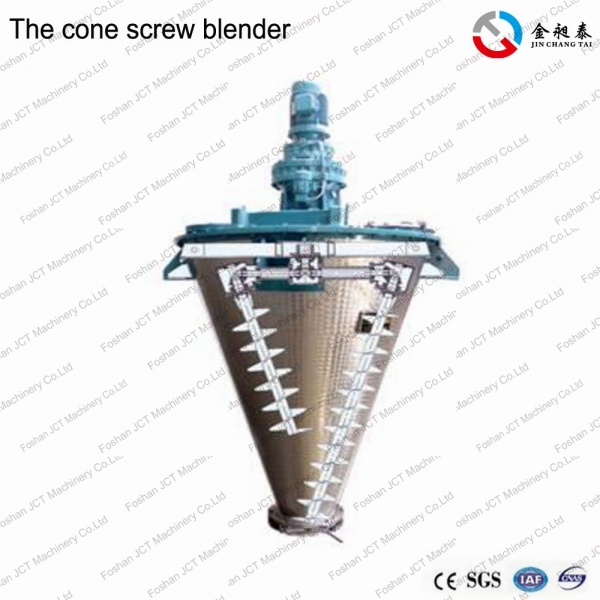


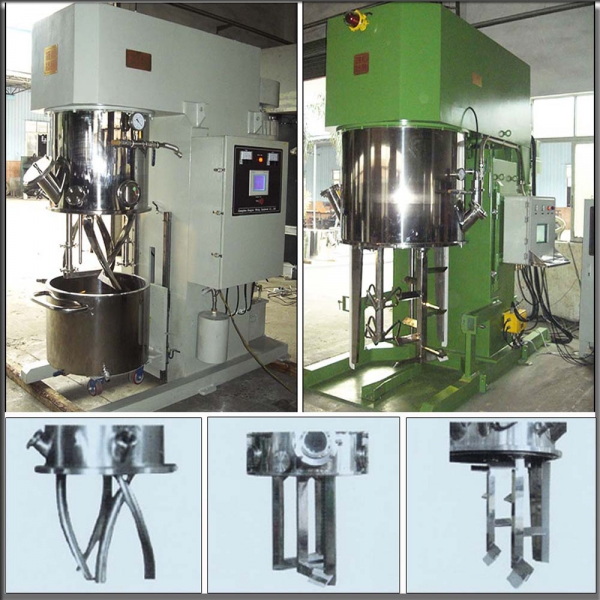





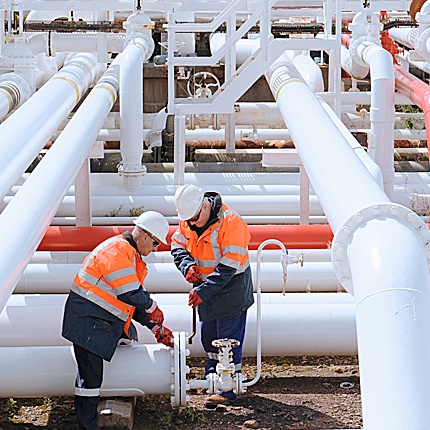

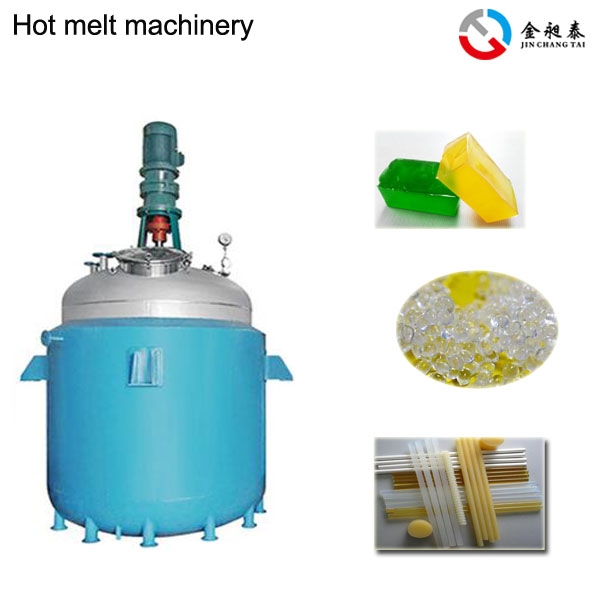
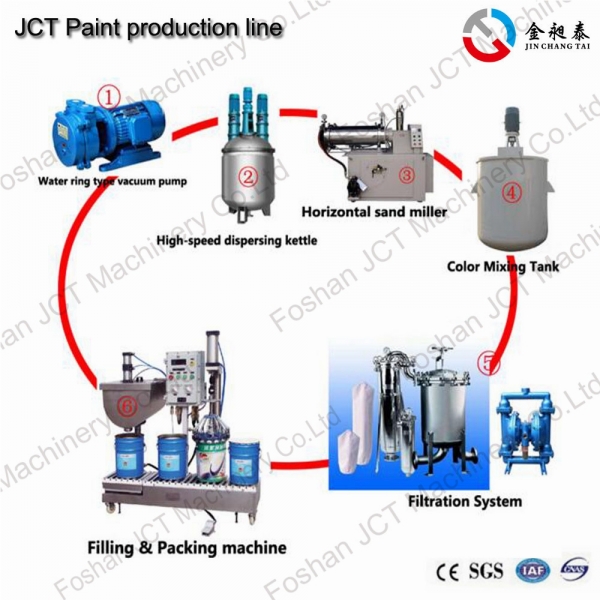
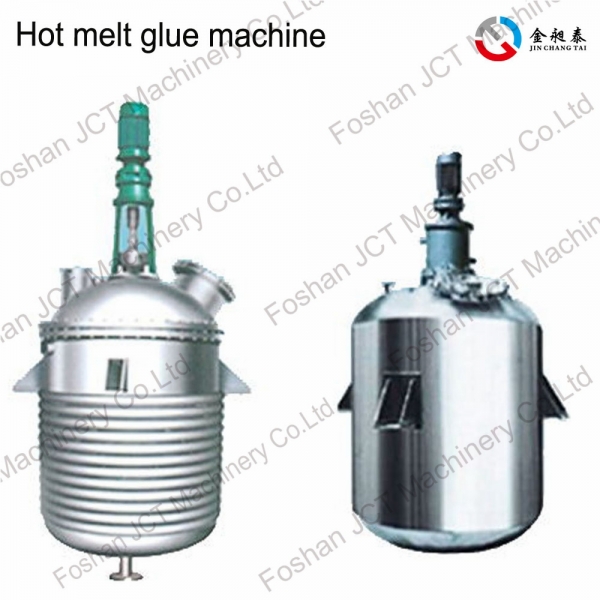
 CN
CN
 HOME
HOME
 Structural components of plastic mechanical kneader
Structural components of plastic mechanical kneader  You May Also Like
You May Also Like
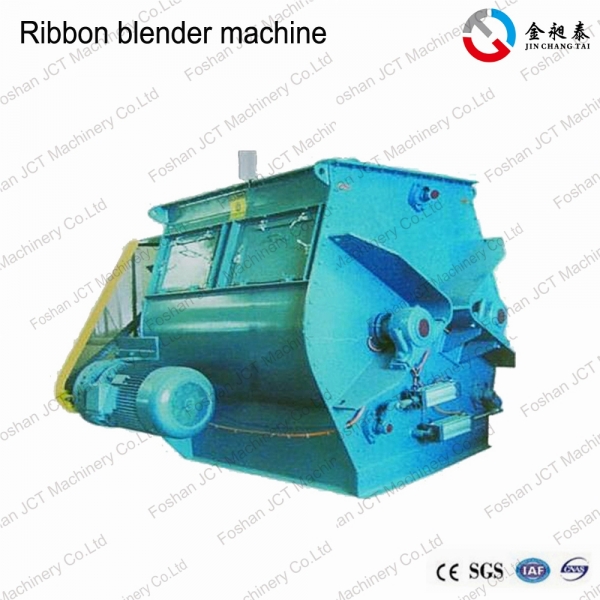

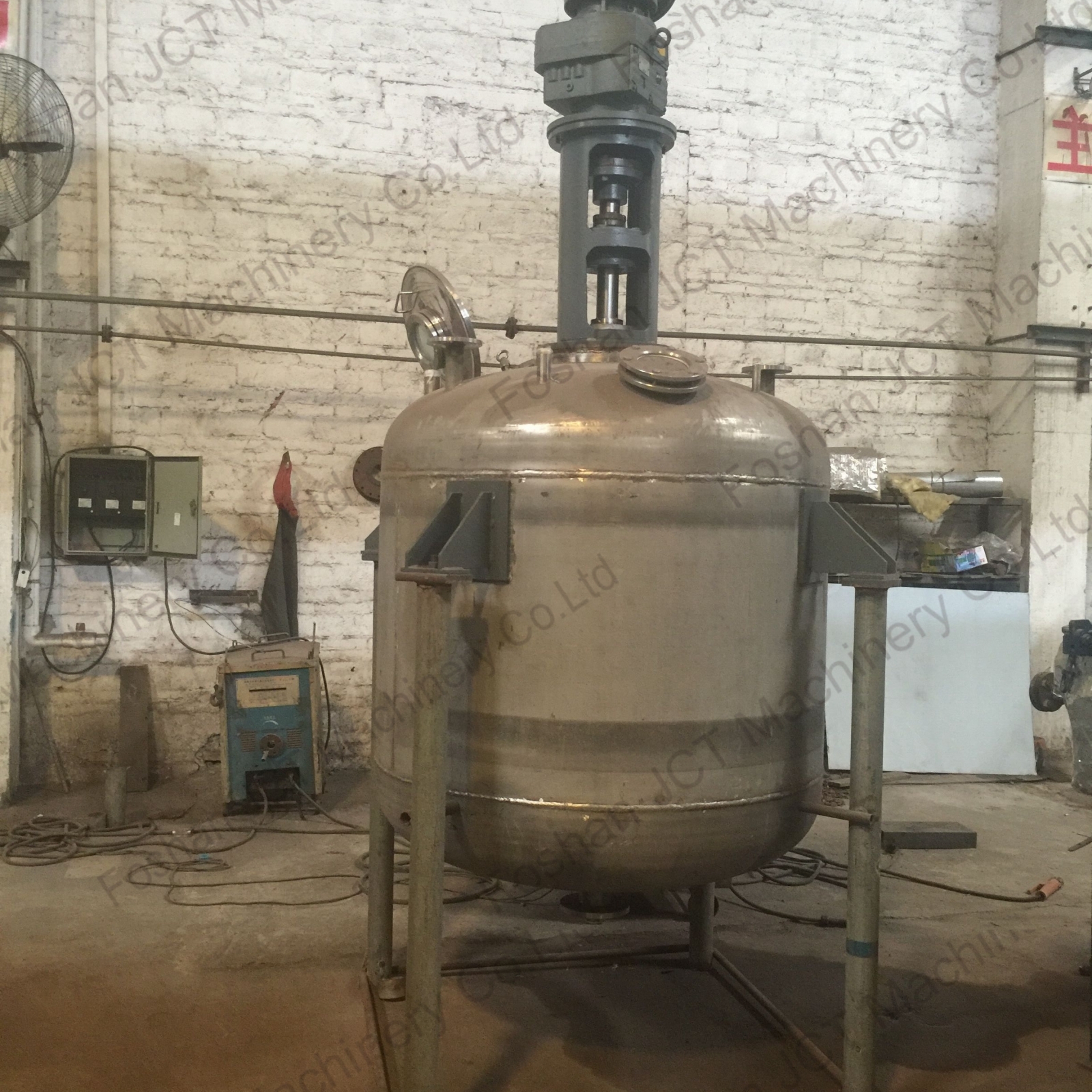
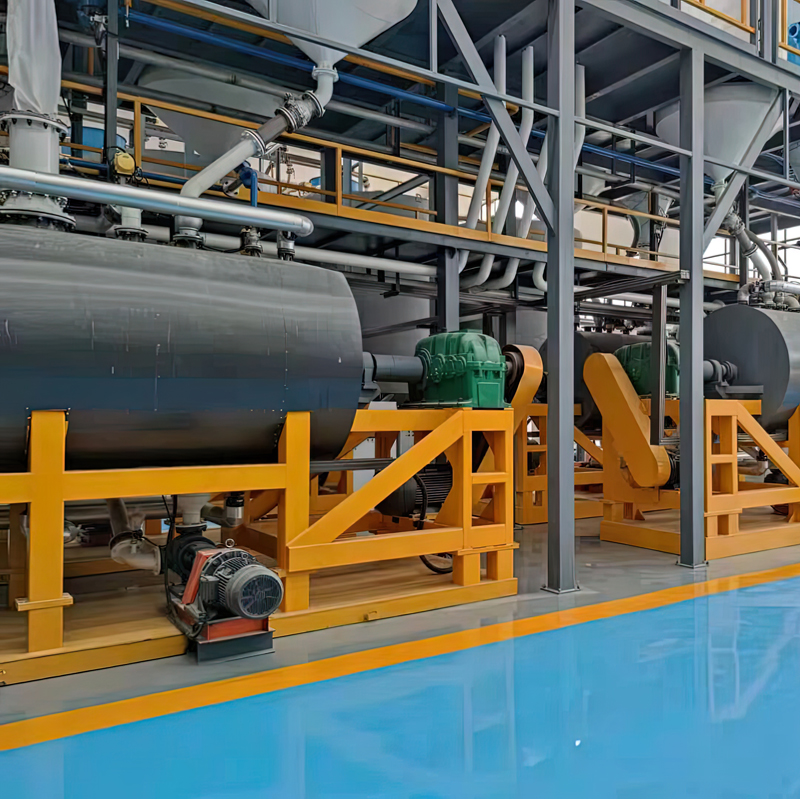
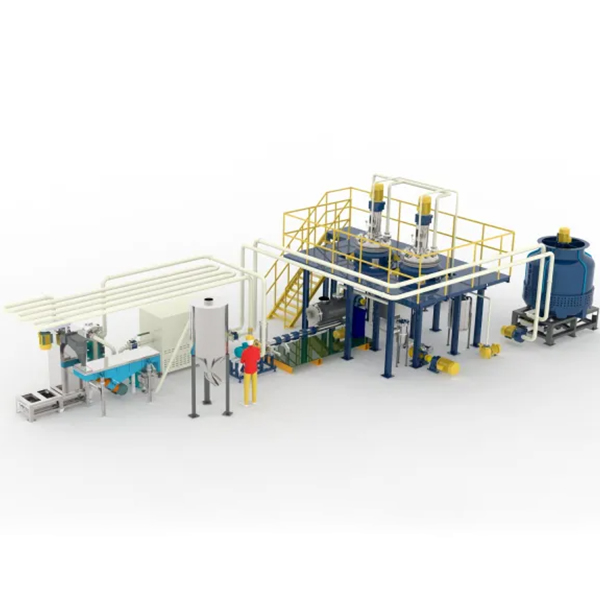

 Tel
Tel
 Email
Email
 Address
Address










